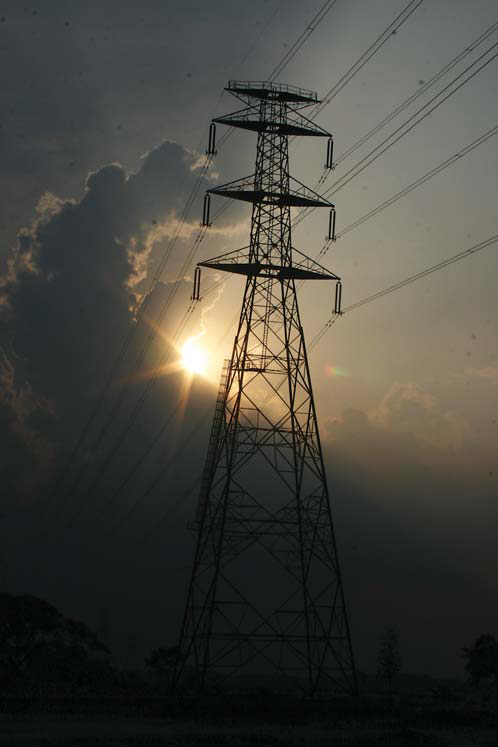 Even though the Advisory Committee had refuted the Sub Group’s suggestion of National Power Beltway in the last meeting, the sub-group constituted by the power ministry to make recommendations on transmission sector, presented a case for its implementation again. The sub-group, in its presentation at the recent meeting, stated that there is a need to ensure that transmission is ahead of generation and load growth. Hence coordinated approach by central and state bodies in required to develop the National Power Beltway, as a part of the National Grid, is required.
Even though the Advisory Committee had refuted the Sub Group’s suggestion of National Power Beltway in the last meeting, the sub-group constituted by the power ministry to make recommendations on transmission sector, presented a case for its implementation again. The sub-group, in its presentation at the recent meeting, stated that there is a need to ensure that transmission is ahead of generation and load growth. Hence coordinated approach by central and state bodies in required to develop the National Power Beltway, as a part of the National Grid, is required.
In a detailed presentation, the sub-group informed that at present, the network is paired from generation to load. In Beltway, there is no pairing. The transmission is target-less with the objective of ensuring there is no transmission congestion throughout the country. The present regulations do not allow the building of transmission lines in anticipation of generation and load except on exception such as HCTC corridors.
The group informed that with Beltway there will be ease of connectivity for generators and consumers. The present regulations have resulted in very little capacity being made available for short term power markets. However, it is noted that states are moving towards short term from long term. The beltway will meet the long term and short term power requirements of the power markets of the future. This will also foster competition and give consumers the ultimate choice.
Besides, the present grid is not able to absorb the spinning injection of power from renewable energy sources efficiently. The Beltway, having much larger capacity and spread over a larger area will be better equipped to absorb infirm renewable energy. This will promote development of renewable energy capacities by providing security of evacuation of power, the sub-group asserts in the presentation.
However, the sub-group also mentioned that with target-less transmission, the risk of investors would be higher. For this, the group stated that the project can be declared as ‘deemed central sector project’ and one time investment through issue of bonds, viability gap funding and other financial instruments to give a back stop arrangement to banks and lenders to offset the risks can be considered.
The sub-group suggested that the power ministry should set up a focused group for monitoring of implementation of the Beltway including planning, facilitation and financing.










